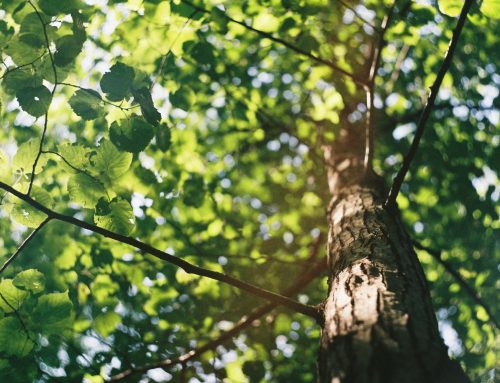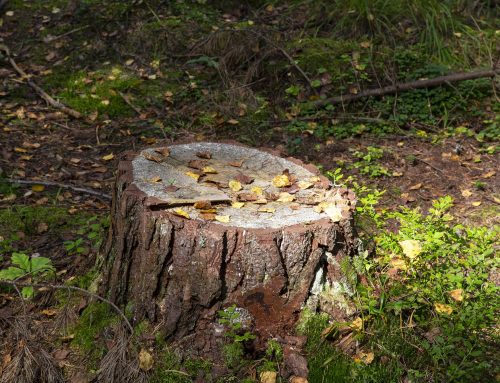Your trees are a valuable part of your landscape, providing shade, beauty, and a sense of serenity. So when you notice that one of your trees is showing signs of distress, it can be concerning. A dying tree not only detracts from the aesthetics of your property but can also pose a risk to your home and safety. However, before you say your final goodbyes to that beloved tree, there are steps you can take to try and save it. Let’s explore the signs of a dying tree, its common causes, and how to revive it.
Recognizing the Signs of a Dying Tree
- Drooping Leaves: One of the most noticeable signs that a tree is in distress is when its leaves start wilting and drooping. This often indicates a lack of water or other underlying issues.
- Bark Damage: Check for unusual wounds, cracks, or peeling bark. Damaged bark can make the tree more vulnerable to diseases and pests.
- Leaf Discoloration: Yellowing or browning of leaves, especially in the wrong season, can be a sign of trouble. This discoloration may result from nutrient deficiencies or diseases.
- Falling Branches: If your tree is shedding branches without any apparent cause, it’s essential to address the issue promptly. Falling branches can pose a safety hazard.
- Thinning Canopy: A tree’s canopy becoming sparser is a clear indication of trouble. It may be due to pest infestations, diseases, or root issues.
Common Causes of Tree Decline
- Lack of Water: Trees need water to thrive, and drought conditions can stress and weaken them. Be mindful of your tree’s watering needs, especially during dry spells.
- Nutrient Deficiencies: Inadequate access to essential nutrients, like nitrogen or iron, can lead to a lack of vigor in trees. This can result in yellowing leaves and stunted growth.
- Pest Infestations: Insects and pests can wreak havoc on trees. Keep an eye out for signs of infestation, such as unusual holes, webs, or the presence of pests on leaves or branches.
- Diseases: Fungal, bacterial, or viral diseases can infect trees, leading to various symptoms, including leaf discoloration, cankers, and unusual growths.
- Root Issues: Problems with the root system, such as root rot or girdling roots, can interfere with a tree’s ability to absorb water and nutrients.
What to Do When Your Tree Is Dying
- Assess the Situation: Start by identifying the cause of the decline. Look for signs of pests, diseases, or any visible issues with the tree’s structure.
- Consult a Professional: If you’re unsure about the cause or how to proceed, it’s wise to consult an arborist or tree care professional. They can diagnose the problem and recommend appropriate solutions.
- Proper Watering: If the tree’s decline is due to a lack of water, ensure it receives adequate and consistent watering. Proper watering can often revive a stressed tree.
- Fertilization: Nutrient deficiencies can be corrected through fertilization. A professional can recommend the right fertilizer blend and application method for your tree.
- Pruning: Pruning dead or diseased branches can improve the tree’s overall health and appearance. However, it’s crucial to prune correctly to avoid further damage.
- Disease and Pest Management: Depending on the diagnosis, the arborist may recommend treatments to address diseases or pest infestations.
- Root Care: If root issues are the problem, measures like root pruning or root zone aeration may help the tree recover.
Remember, not all trees can be saved, and the success of revival efforts depends on the tree’s overall health, the extent of the problem, and the timeliness of intervention. Regular tree care, including pruning, fertilization, and timely watering, can prevent many of these issues from occurring in the first place.
If you suspect a tree on your property is in decline and need professional assistance, don’t hesitate to reach out to Cutters Edge for professional advice. We’re here to help diagnose the issue and provide the necessary care to save your trees. Your beautiful and thriving landscape is just a phone call away. Contact us today for a free quote!





